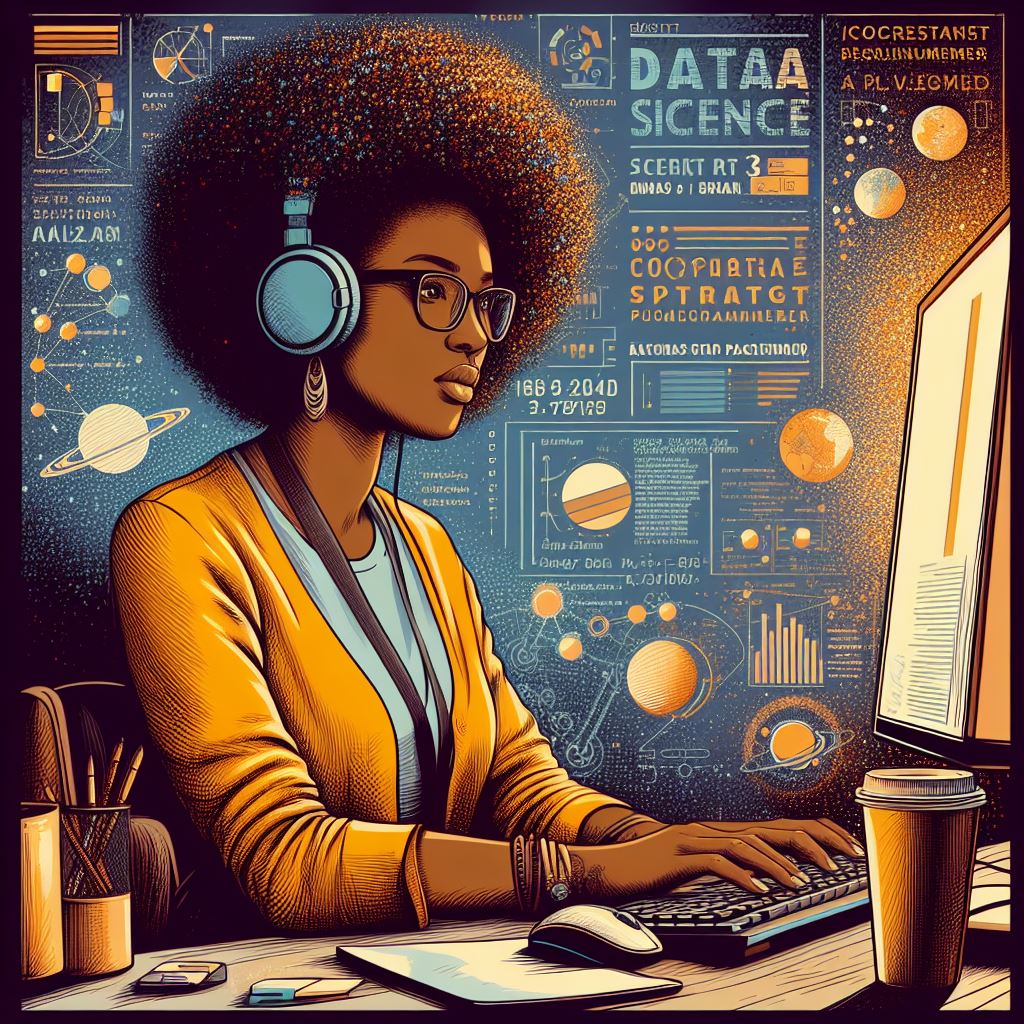Computer vision, an interdisciplinary field that enables machines to interpret and make decisions based on visual inputs, has seen significant advancements in recent years. As a subfield of artificial intelligence (AI), it equips computers with the ability to understand images and videos, much like the human visual system. This technology is transforming industries, driving automation, and improving user experiences across various domains.
At its core, computer vision focuses on enabling machines to extract meaningful information from visual data. Whether it’s identifying objects, recognizing faces, or interpreting gestures, computer vision algorithms analyze digital images and videos to derive actionable insights. With the integration of machine learning, computer vision systems can improve over time, becoming more accurate and efficient.
One of the most common applications of computer vision is in facial recognition technology. From securing smartphones to enhancing surveillance systems, facial recognition plays a crucial role in personal security and privacy. Companies like Apple have integrated facial recognition into their products, allowing users to unlock devices and authenticate transactions simply by showing their face. Beyond consumer devices, computer vision is also revolutionizing the security industry by helping law enforcement track and identify individuals more effectively.
In the medical field, computer vision has shown tremendous potential in diagnostic imaging. With the ability to analyze medical scans such as X-rays, MRIs, and CT scans, computer vision algorithms can assist doctors in detecting diseases like cancer at early stages. These systems reduce human error and improve diagnostic accuracy, enabling better patient outcomes. Additionally, computer vision is aiding in robotic surgery, where precise image analysis is crucial for successful operations.
Another rapidly growing application of computer vision is in autonomous vehicles. Self-driving cars use a combination of sensors, including cameras, radar, and LiDAR, to navigate and understand their environment. By processing real-time visual data, these vehicles can detect obstacles, recognize road signs, and make split-second decisions to avoid accidents. As autonomous driving technology evolves, computer vision will continue to play a pivotal role in improving safety and efficiency on the roads.
In the retail industry, computer vision is enhancing the shopping experience by enabling cashier-less checkouts. Companies like Amazon Go have pioneered this technology, allowing customers to grab products off the shelf and simply walk out without needing to wait in line. Through computer vision and deep learning, these stores can track purchases and charge customers automatically. This innovative approach is revolutionizing brick-and-mortar stores, providing convenience and a streamlined shopping process.
Computer vision also plays a significant role in agriculture, where it helps monitor crop health, assess plant growth, and detect pests. By analyzing images captured by drones and other cameras, farmers can receive real-time insights about their fields, enabling more precise and efficient farming practices. This technology helps increase crop yields, reduce the use of pesticides, and promote sustainable farming methods.
As computer vision technology continues to evolve, its applications are expanding across numerous sectors, from entertainment and sports to manufacturing and logistics. However, there are challenges, including ethical concerns and the need for large, high-quality datasets to train models effectively. Nonetheless, the future of computer vision looks promising, with potential advancements that could revolutionize how we interact with the world around us.
5
